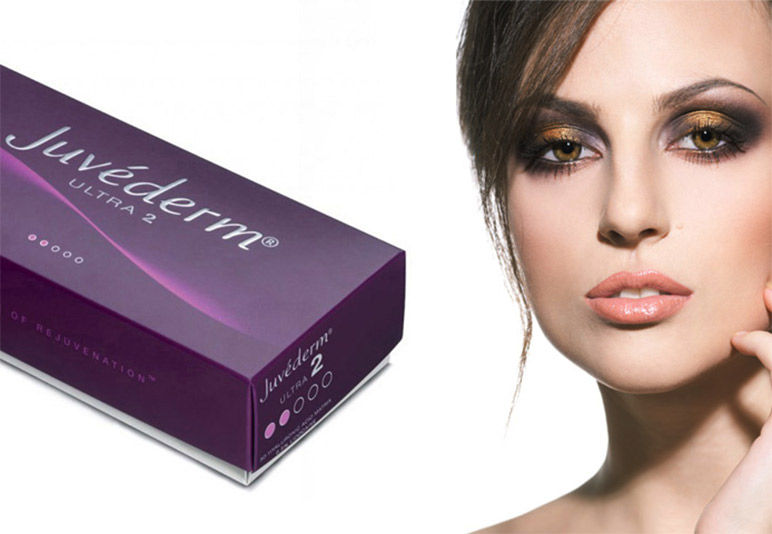There are many reasons why patient developed pain in the ball of the foot. In my experience with over a decade practicing it can be summarized in 3 categories: systemic conditions, trauma and abnormal biomechanics.

Every step in a perfect foot increases stress from the heel to the tip of the toe; however when patient have flatfeet or high arches these will increased stress to the ball. Let us look at patients with high arch feet first. When weight-bearing there is a greater percentage of pain on the ball of foot and the heel. The arch does not come in contact with the ground very much. Therefore we see more conditions related to stress fractures bursitis and capsulitis with this foot structure.

Individuals however that have flat feet
have a tendency to develop forefoot splaying which creates more pressure in her shoes developing bunions, tendonitis and eventually neuromas. Further patient that have bunion deformities are also at risk of developing forefoot pain and simple correction of a bunion will resolve the forefoot pain. Below is a inflamed Morton neuroma that was removed.

When looking at systemic factors of why patient developed forefoot pain conditions like rheumatoid arthritis, psoriatic arthritis, and diabetes are just some that are at risk of developing soft tissue masses ( nodules and fat atrophy ).
Diabetics eventually get corns and calluses and potential foreign bodies due to neuropathy causing pain and ulcerations at times.
Final factor of why forefoot pain develops is through trauma. It is seen very commonly in sports activities like running, soccer basketball in any sport that requires strain and high pressure load. As a younger goalie I developed many metatarsal stress fracture from high speed pucks and overload.

Nevertheless all these conditions and treatments do not always require injection therapy. Most patients improved with custom orthotics and appropriate shoes. But just like hockey you cannot always wear a comfortable pair of DocMartins boots and be painfree.
Injection however are not all cortisone.
I have had great success with Vitamin D injection into Morton neuroma and also Toradol into bursa inflammations

In my time training in California we provided many alternative options for these conditions which included dermal fillers, PRP and fat transfers. This will "plump" up the ball of the foot and allow full painfree weight bear with high heels. These do require repeat injections just like seen in face within 6 months. These the "foot facelift" really did work for a period of time.
The bottom line is when I see these conditions I like to make sure my patients have an understanding why the pain is occurring and develop a treatment plan to address either conservative, advanced or surgical therapies. Schedule your appointment to see how I can help.

Dr. Darryl Martins DPM, FACFAS
Board Certified Foot & Ankle Surgeon
(p) 517-879-4241
JacksonFootAnkle.com

Comments